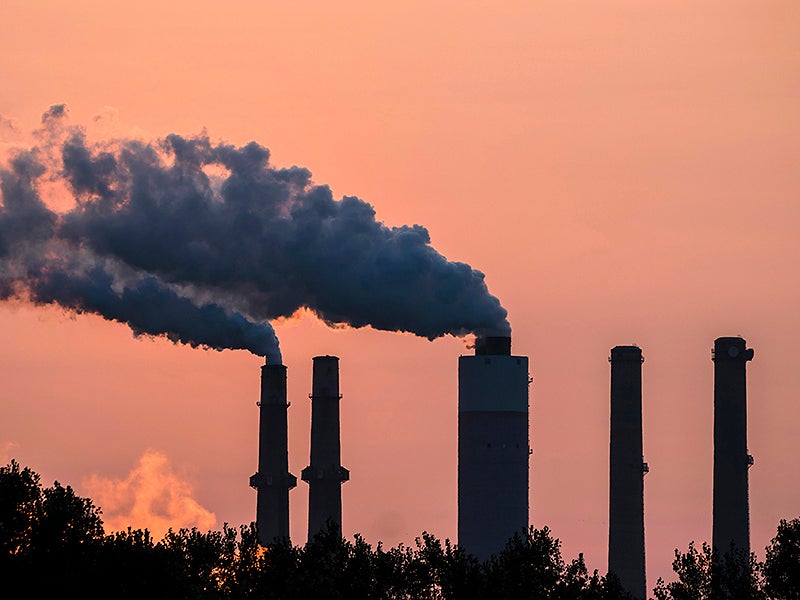Earthjustice goes to court for our planet.
We’re here because the earth needs a good lawyer.
Supreme Court Uses Made-Up Doctrine to Limit Climate Regulations
This page was published 3 years ago. Find the latest on Earthjustice’s work.
The Supreme Court just dealt a major blow to those fighting to stave off the worst impacts of climate change.
In a 6-3 decision in West Virginia v. EPA, the court’s conservative supermajority held that the U.S. Environmental Protection Agency did not have the authority to adopt a policy that would have set emissions limits based on the reality that power companies are shifting electricity generation from fossil fuels to cleaner sources. Why? Because the Court says that even though Congress gave EPA broad authority to address air pollution in the Clean Air Act, the statute just wasn’t clear enough for the Court.
This line of reasoning marks a major departure from traditionally held deference to federal agencies on how they administer policy. It poses a wider threat to other federal policies that courts may deem too broad, such as vaccine mandates and other public health policies.
How did we get here?
- This all started when the Obama administration issued its Clean Power Plan to curb greenhouse gas emissions from the power sector. When deciding how emissions should be reduced, it took into account the fact that power companies were shutting off coal-fired power plants and turning on renewable generation instead.
- The Supreme Court immediately jumped in and put that regulation on hold.
- Then, when the Trump administration’s much less effective regulation was struck down in court, red states attorneys general and the fossil fuel industry asked the Supreme Court to step in again, arguing that EPA lacked the authority under the Clean Air Act to regulate carbon emissions from coal-fired power plants by shifting the way electricity was generated.
- Neither of the two emissions policies is in effect. Yet the Court chose to take the case anyway.
What did the Court do?
- The Supreme Court sided with coal companies and their allies, restricting the EPA’s ability to set effective standards to address climate pollution from power plants.
- It ruled that EPA can’t take into account the reality that the most effective way to address greenhouse gas emissions from power plants is to shift to sources of energy that produce fewer — or no — emissions.
- It did so by applying a new doctrine it enshrined into the case law, the “major questions doctrine.” So now, if a court thinks that an agency is trying to do too much — tackle a big problem, or try a new strategy — it will put the thumb on the scale against the agency when asking if its regulation is legal.
Why it matters:
- The power sector represents a major greenhouse gas emissions source.
- The federal government plays a critical role in addressing climate pollution and will need a wide and robust set of tools to prevent the worst impacts of climate change.
- Today’s ruling limits the tools that the EPA can use in significant ways without providing clarity on what would be acceptable policy under current law.
- The “major questions“ legal doctrine was essentially made up by those who want to limit the federal government’s power to regulate industry. Now it can be used in future cases by judges to strike down any manner of policies that they deem to “go too far” without any real test to know when it applies. This puts federal authority and agency power in a very precarious position.
What happens next:
- Climate change isn’t at our doorstep, it’s inside the house sitting on our couch. Global greenhouse gas emissions need to be cut by 50% by 2030 to prevent the worst effects of climate change.
- The federal government still has tools at its disposal to spur the shift to clean renewable energy and mitigate the pollution from fossil fuels in the meantime.
- It is up to all of us to demand the strongest policies possible to curb climate emissions, make the investments needed to protect communities most impacted by the burning of fossil fuels, and build community resilience.
